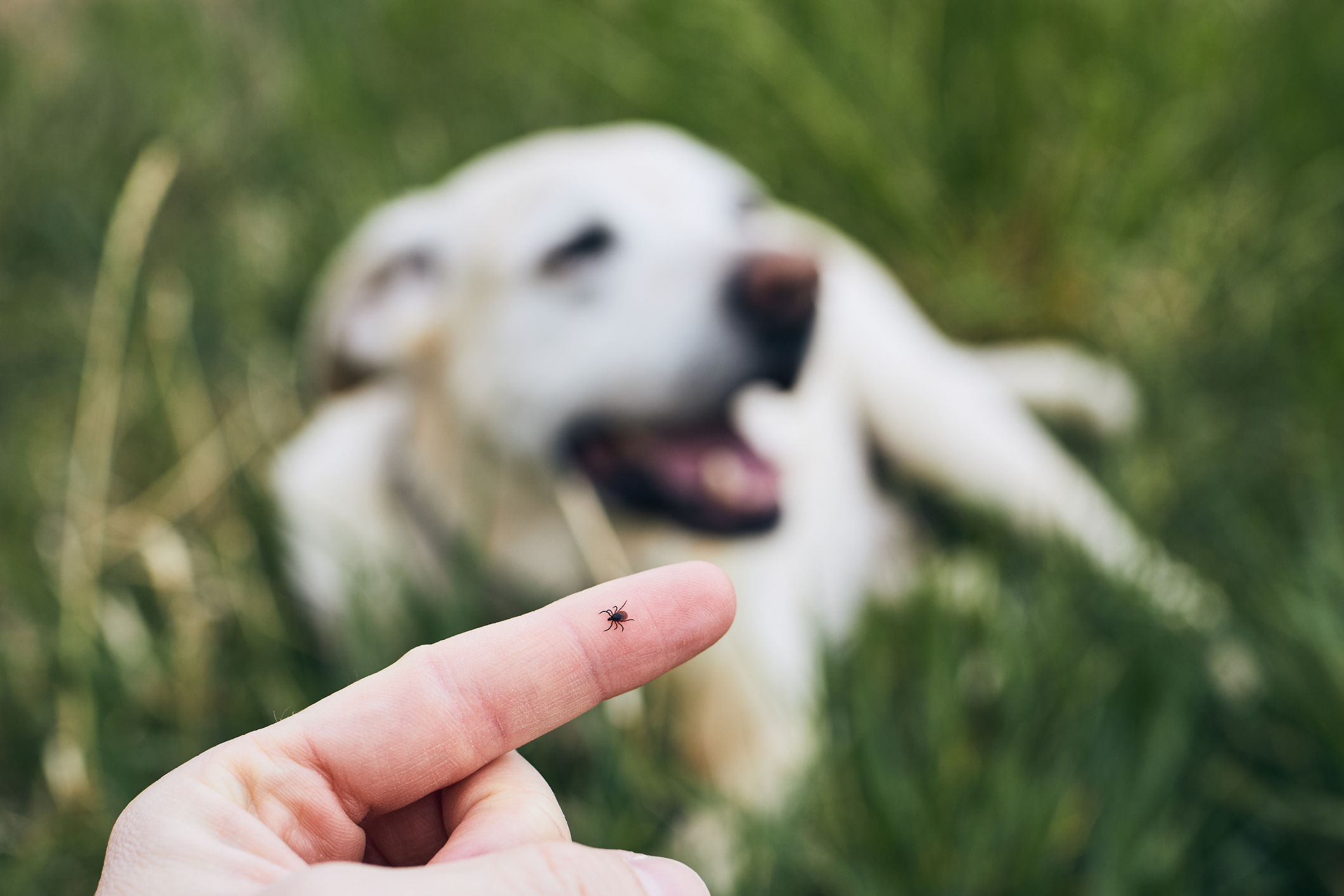New eTick photo ID app helps identify ticks that carry disease.

Photo credit: gettyimages.ca/Chalabala
The BC Centre for Disease Control (BCCDC) is asking people to send in photos of ticks, using the
eTick app.
Your submitted photos are reviewed by a regional expert. Information is then sent back to you about whether a bite could lead to a tick-borne disease and if you need to take any further steps. The data collected contributes to the scientific knowledge about the risks of contracting Lyme disease in our province.
Ticks found on people, pets, or in the environment are all eligible for photo submissions. The app was developed with funding by the Public Health Agency of Canada. People are asked to “keep your tick for a period of at least 5 days following submission in case we need additional photos to complete the identification.”
The value of data
“The more data we have, the more we will know about how prevalent ticks are,” says Chad Stewart, a safety consultant for AgSafe BC’s North Okanagan region. “I like being able to identify ticks because the more data we get, the better we understand how they’re moving into areas.” (To see where the risk of Lyme disease is highest in B.C., see the interactive map from the BCCDC.)
Chad encourages farmers to upload tick photos to the new app. Within the agriculture industry, Chad sees farmers with cows, horses, and dogs with tick-borne illness. He says, “Here in Kamloops, we’ve definitely noticed an uptick of disease related to ticks.”
In addition to agriculture, workers in any industry or workplace with wooded areas or tall grass can be at risk, including:
• Construction
• Landscaping
• Forestry
• Brush clearing
• Land surveying
• Railroads
• Oil fields
• Utility lines
• Park or wildlife management
Check for ticks on your clothes
“As soon as you’re out of the field, make sure you’re shaking your clothes out, and not only checking yourself but also your dogs, horses, and cows,” Chad says, adding that he sees farmers who hire people to bathe cows infested with ticks. “It’s definitely become an issue in the last few years.”
The BC Centre for Disease Control reports that Lyme disease remains low in B.C.
“While the geographic distribution of ticks has remained stable and Lyme disease in people has remained very low in B.C., there are concerns that this may shift as the climate changes,” reads the BCCDC website. “Understanding which ticks are in what regions is key to helping B.C. residents understand health risks from ticks while also contributing to tick surveillance efforts in the province.”
See this bulletin from WorkSafeBC that tells you what to do if a tick bites you, and how you can protect yourself. Also see Four ways to protect workers from insect bites and stings from Canadian Occupational Safety.
Thanks to Chad for sharing information about how ticks are impacting the agriculture industry.


